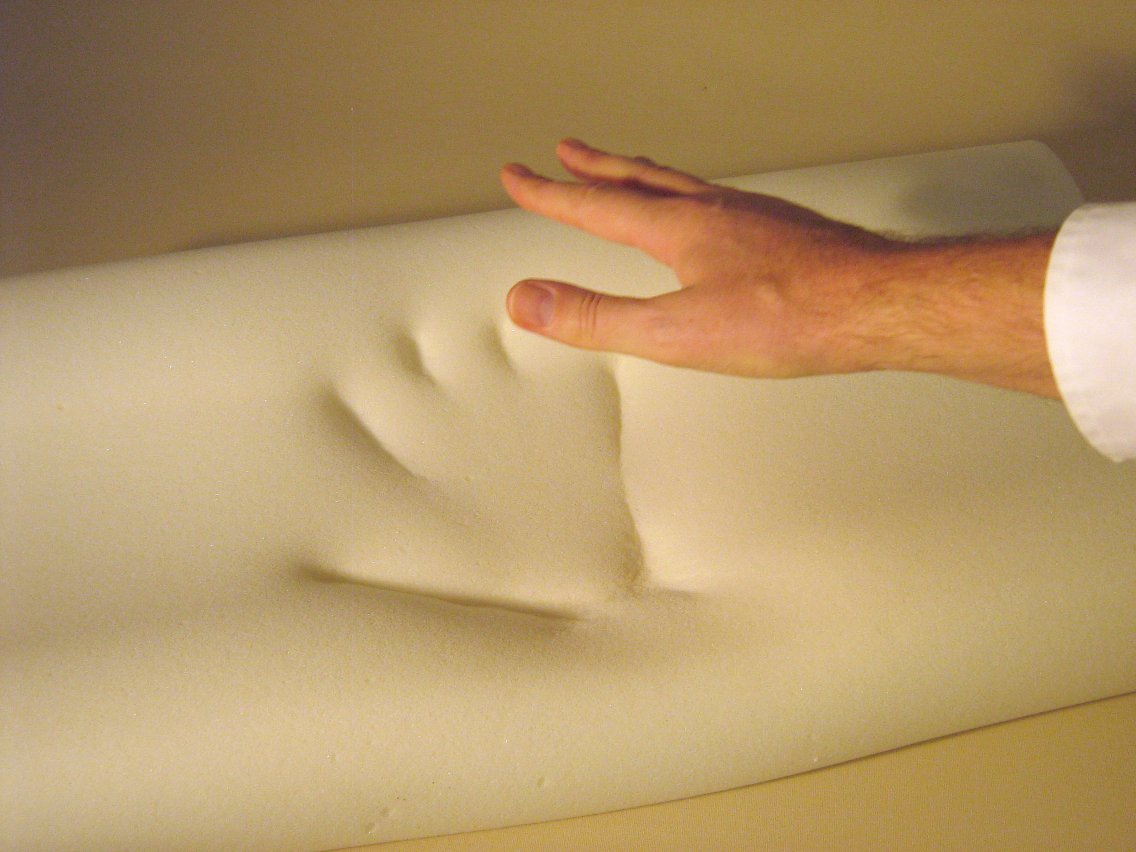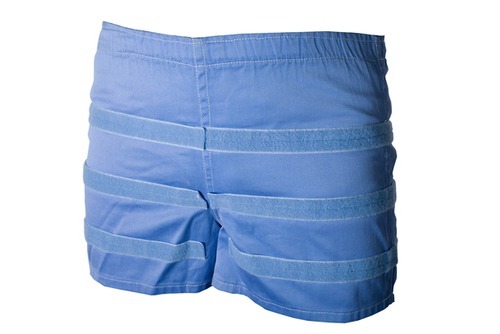Introduced to commercial market: 1991 the machine dubbed the ‘shuttle 2000-1’ was developed to give astronauts an effective workout, helping to combat muscle wasting that can result from life in zero gravity. the same machine is used for physiotherapy and to help elderly people exercise.

Memory Foam
Introduced to commercial market: 1969 in 1966, NASA contracted aeronautical engineer Charles Yost to improve aeroplane seating in the hope of providing better crash protection. He came up with memory foam, a material that could absorb high-energy impacts but also provide greater comfort by moulding itself to any object placed upon it.

Artificial heart pumps
Introduced to commercial market: 1998 Patients awaiting heart transplants can be kept alive with a left ventricular assist device (lVAD). smaller than other heart pumps and battery operated, this instrument is based on the fuel pumps used in nAsA’s rocket engines.

Scratch-resistant Lenses
Introduced to commercial market: 1983 these evolved from an experiment to improve water purification on spacecraft. the result was a coating that rendered spectacle lenses almost impervious to abrasion.

Fire-retardant Paint
Introduced to commercial market: 1974 the coating on the Apollo spacecrafts’ heat shields was used for fire-retardant paints for aircraft. the paint has also been employed to reinforce steel structures in buildings.

Space Blanket
Introduced to commercial market: 1980 the same material that protects astronomical objects ranging from the Hubble telescope to the mars rovers against the extreme temperatures of space also keeps marathon finishers warm. By coating a thin plastic sheet with aluminium, a lightweight material was created that insulates by reflecting heat.

Smart Clothing
Introduced to commercial market: 1997 smart clothing is made from phase-change fabric, material that incorporates microscopic capsules filled with a chemical that switches between a liquid and a gas depending on the temperature. nAsA uses it as a liner in astronaut gloves and it’s now found in bedding, clothing and footwear.

Maximum Absorbency Garment
Introduced to commercial market: 2009 otherwise known as the ‘space nappy’, the maximum absorbency garment was designed to enable astronauts to relieve themselves comfortably during prolonged spacewalks. capable of soaking up approximately two litres of liquid, the ‘space nappy’ also offers a solution for people suffering from incontinence.

Anti-fog Coating
Introduced to commercial market: 1967 skiers wearing goggles on snowy slopes bless this technology that helps prevent eyewear from misting up. this technology is based on the coating developed to stop condensation building up on plastic or glass surfaces in nAsA’s Gemini spacecraft.

Infrared Thermometers
Introduced to commercial market: 1991 Astronomers gauge the temperature of planets millions of light-years away by measuring the thermal radiation emitted. the technology developed to monitor that radiation powers infrared thermometers that measure your body temperature by checking the heat emitted from your eardrum.



Walang komento:
Mag-post ng isang Komento